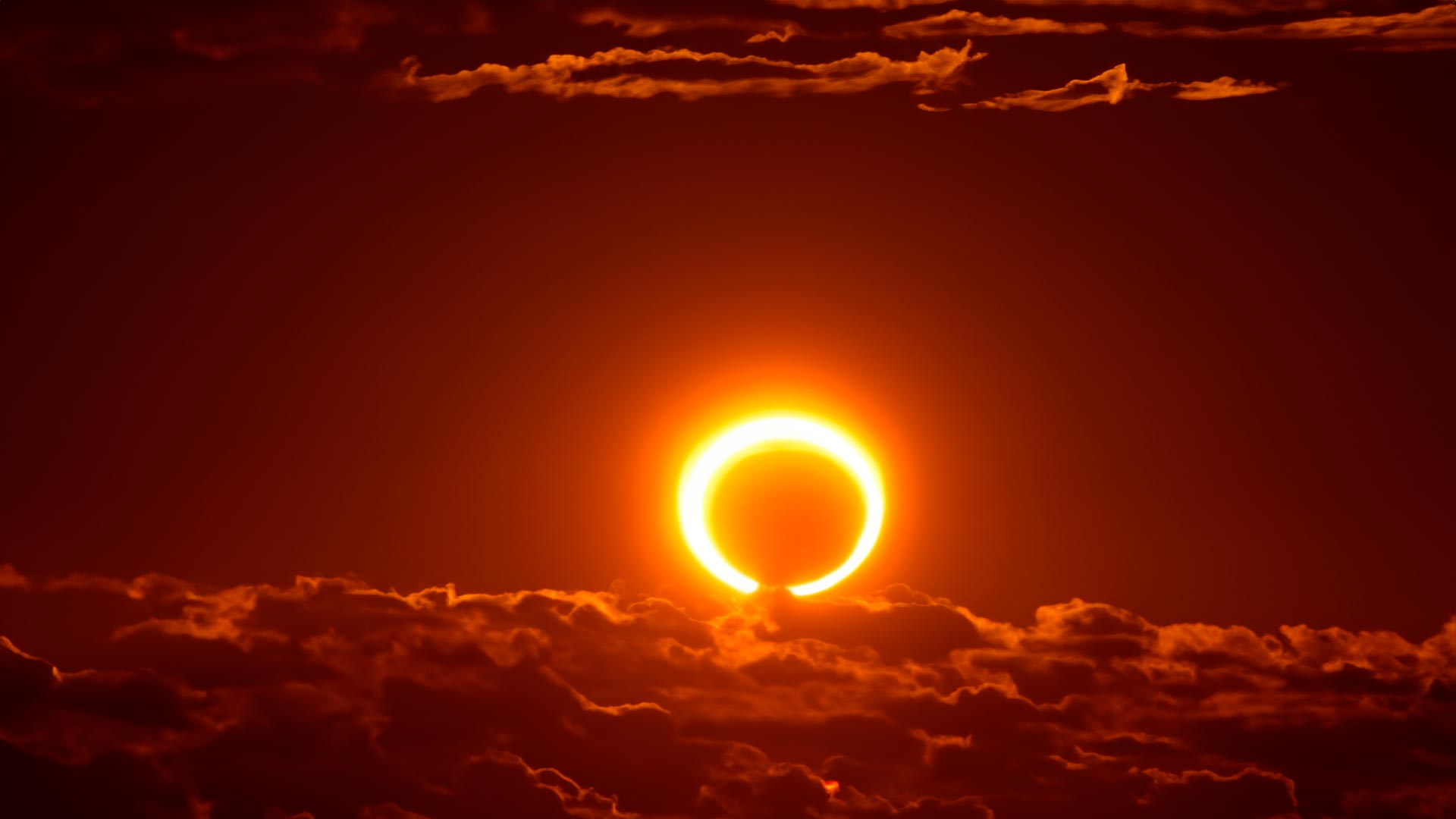NASA provided coverage of the “Ring of Fire” annular solar eclipse on October 14th, including broadcasts from Kerrville, Texas, and Albuquerque, New Mexico. This event also allowed NASA to launch sounding rockets to study the eclipse’s atmospheric effects. On April 8, 2024, a total solar eclipse will occur, moving from Texas to Maine.
Exploring the “Ring of Fire” Solar Eclipse:
On October 14th, NASA provided coverage of the “Ring of Fire” annular solar eclipse. Viewers had the opportunity to witness the eclipse from NASA broadcast locations in Kerrville, Texas, and Albuquerque, New Mexico. Additionally, this eclipse presented scientific opportunities, as NASA launched sounding rockets equipped with scientific instruments to study its impact on the atmosphere. The next solar eclipse is set to occur on April 8, 2024, crossing the United States from Texas to Maine.
Understanding the Effects of Long Spaceflights on the Human Body:
Aboard the International Space Station, NASA astronaut Loral O’Hara is participating in the CIPHER study. This study aims to deepen our understanding of how the human body reacts to long-duration space missions. Astronauts heading to the station have the option to volunteer for this comprehensive set of experiments, which monitor their health before, during, and after their missions. The findings from these experiments will help NASA prepare for the safe send-off of humans to destinations like the Moon, Mars, and beyond. Learn more about the CIPHER study at nasa.gov/mission/cipher.
Advancements in Engine Testing for Future Artemis Missions:
Engineers at NASA’s Stennis Space Center began a new test series on October 17th, using an RS-25 engine. This test series consists of 12 planned tests that will conclude the certification process for an updated set of engines. These engines will play a crucial role in powering NASA’s Space Launch System rocket for future Artemis missions, which aim to return humans to the Moon and explore even further. Each engine test brings us one step closer to unlocking the secrets of the universe for the benefit of all.
Tiny Quartz Crystals Discovered in Exoplanet Clouds:
Researchers utilizing NASA’s James Webb Space Telescope have made an exciting discovery within the high-altitude clouds of WASP-17 b, a hot Jupiter exoplanet situated 1,300 light-years away from Earth. By analyzing data captured by Webb’s Mid-Infrared Instrument, scientists detected evidence of quartz nanocrystals in the planet’s atmosphere. This groundbreaking finding marks the first detection of silica particles in an exoplanet atmosphere.
This is all for This Week @NASA!


